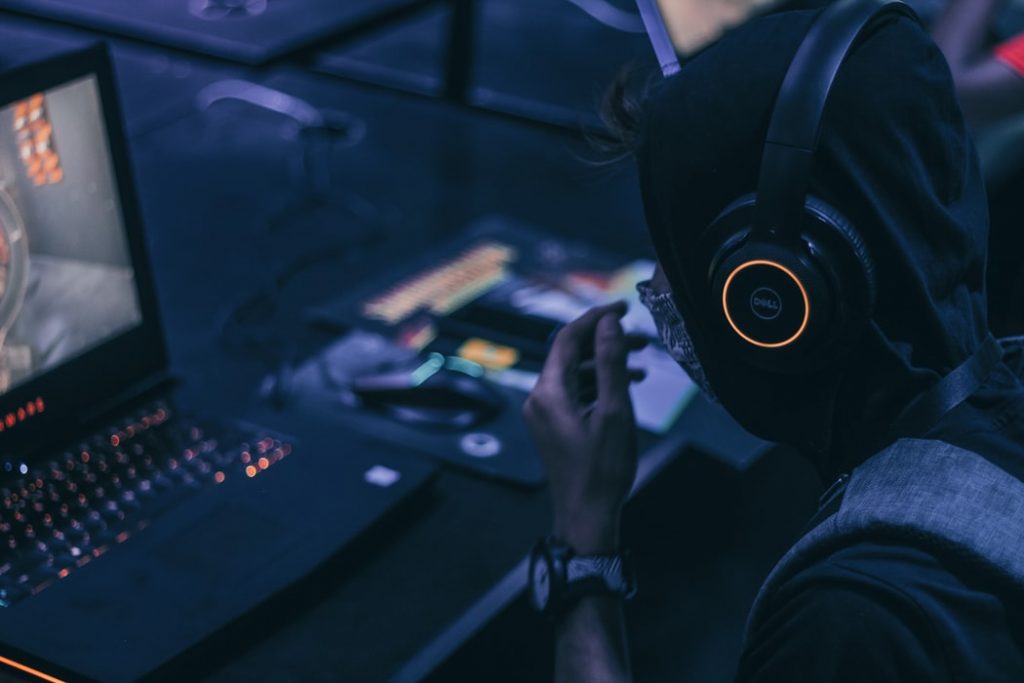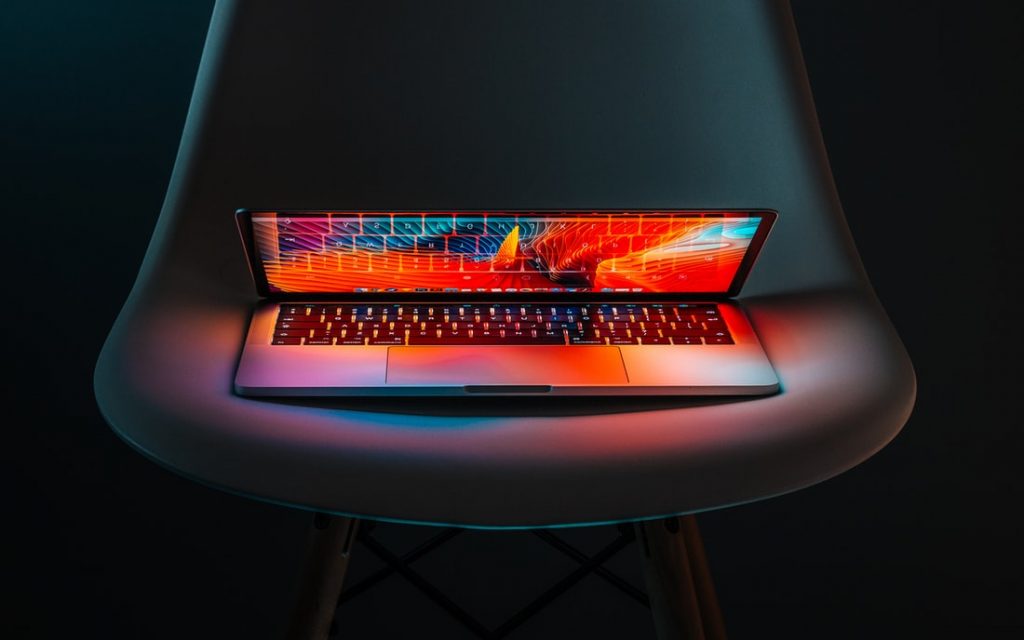It’s always easier to use our laptops for almost everything that can’t be done through the smartphone. Many people choose to work on their laptops, instead of desktop PC, because we can move it from one spot to another, or even hold in the lap, take it to public places, or at friends when we want to play some game together, and still get the same performance. One of the most common myths is that laptops can never be that good for gaming like the PCs, but the truth is there are some ways to improve the current device you have, or invest in gaming portable device, and still get the same performance as you play on your desktop machine.
Surely, if you have a weak configuration, you can’t expect an exceptional gaming experience, and if you really want it, you must be ready to invest in upgrades. Also, you can buy a gaming laptop, so you can be sure you will get a smooth experience with no lags, but you have to be ready to spend more money on it because it contains a better graphic card and processor, and many other things that make it different from the usual configuration. You should be ready to spend around $500 for your device, but on gamingbeasts.com you can find great models that are less expensive than that.
Anyway, there are ways to enhance the performance of the computer, following some of these tips:

Img source: unsplash.com
-
Improve the graphic card driver with regular updates
This is one of the most obvious solutions to optimize the laptop’s performance. The newer versions will fix the previous bugs, and improve the experience. You can look for updates online, but make sure you backup your current data, in order if something goes wrong during the process. Usually, you have to restart the computer, so the changes can apply.
-
Update the operational system
When you download the recent updates for Windows or any other system you use, you are ensuring that every part of the device is completely synced to the software requirements, which is also crucial when it comes to gaming. Even though it seems like a secondary need, you can be sure that regular updates will get the best of the configuration, no matter how you use it.
-
Uninstall the apps and programs you don’t use
This is also a very obvious option, but we often forget to do that for months, or even years, until the situation goes really bad, and these programs are spending the laptop’s resources. So, go to the Control Panel and find the Programs section. Once it’s open, find the list of the installed programs, and recognize those you don’t actually use. Also, if you are not sure, then check what some particular program is doing, so you won’t delete something that is still important for your laptop performance.

Img source: unsplash.com
-
Upgrade your hard drive to SSD
You can still use your mechanical disc as storage for the important files, but when it comes to gaming and enhancing the whole graphic experience and loading speed, SSDs work pretty faster. That will also improve the game performance and the average loading time. So, give this thing a few thoughts and decide if it will work better for you like that.
-
Use the game mode settings
Windows 10 provides a gaming mode, and we suppose that most of you have the most recent updates. When you choose this mode, you can be sure you will accomplish more stable frame rates, and a better gaming experience, since all the other processes are put in the background. It’s so easy, you only need to type “Game Mode” in the search bar, and then turn it on. Some users claim that they get a better experience if it’s off, but knowing how easy is that, you can check both modes, and decide which one is better for you.
-
Take care of the battery life
By adjusting the power options, you can still improve the laptop’s performance. When you are in a low power mode, some of the features are stopped, so the device can save on battery. But, you don’t want that for your game. So, the solution is to use the best performance, even though it means a shorter lifespan when on battery. It’s easier to maintain these features when the laptop is connected to the power supply, but knowing that it’s a portable device, you can’t hold on to that all the time. And if you wanted to be stuck in the chair, then you could buy a desktop PC for this purpose.

Img source: unsplash.com
-
Use the task manager to close the background apps
This is another thing we skip to do on a daily basis, and it can solve a lot of problems with the general performance of the device, no matter if it’s a laptop, PC, or even a tablet or smartphone. The background apps still consume a lot of the CPU and when you turn them off, you are freeing up more space for the game resources, which is very important when it comes to improving your overall experience. So, open the Task Manager (every Windows device has it), and shut them all down, and then proceed to play your favorite game.
-
Estimate the resources the game requires
Not every game is “too heavy” for your device. Before you buy it, you have to check what it requires from the system and compare the values with your laptop. If it’s not suitable, then you don’t have to play it. This is the easiest way to prevent heating and other damages, especially when the app is trying to use more resources than the game can provide, and you can’t really afford to buy a new device right now.
As you can see, it’s really simple to improve the performance as much as the system allows. There is no miracle way to do that, especially if the performances and features are limited, and you can’t expect some great improvements, but it surely will make the whole experience better for you.



